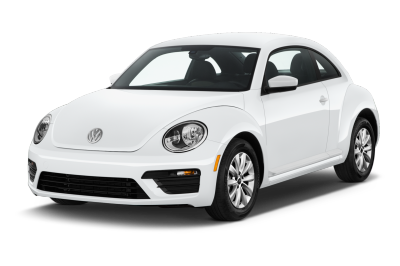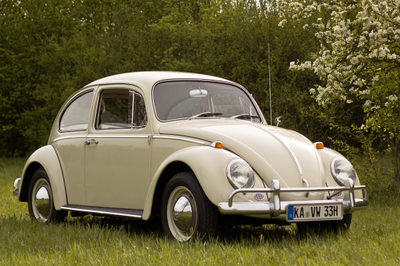Volkswagen Beetle 1200/1300/1500 (facelift 1953)
Introduction
The Volkswagen Beetle, originally designed by Ferdinand Porsche, is one of the most iconic cars in history. Known for its unique shape and air-cooled engine, the Beetle has captured the hearts of millions of people worldwide. In 1953, Volkswagen introduced a facelift to the Beetle 1200/1300/1500 models, enhancing its design and performance. Let's take a closer look at this particular generation of the Beetle.
Exterior Design
The facelift introduced in 1953 brought subtle changes to the Volkswagen Beetle's exterior. The front windshield was made larger, providing improved visibility for the driver. The headlights were also repositioned to a higher position, giving the car a more modern and streamlined appearance. The overall body shape remained true to the original Beetle design, maintaining its unique charm.
Interior and Comfort
Inside the Beetle 1200/1300/1500, the facelift brought about some notable changes. The dashboard was redesigned to incorporate more modern features, such as a larger speedometer and more accessible controls. The seats were also redesigned, providing improved comfort and support for both the driver and passengers. Despite being a small car, the Beetle offered a surprising amount of interior space, making it a practical choice for everyday use.
Performance and Engine
One of the most significant changes in the facelifted Beetle was the introduction of a more powerful engine. The 1200cc engine was upgraded to a 1300cc or 1500cc engine, providing a significant boost in performance and acceleration. This made the Beetle more capable on the road, allowing for a smoother and more enjoyable driving experience. The air-cooled engine also proved to be reliable and easy to maintain, one of the reasons for the Beetle's enduring popularity.
Safety Features
Although safety regulations were not as strict in the 1950s, Volkswagen still ensured that the Beetle 1200/1300/1500 had certain safety features. The car featured a sturdy body structure, designed to provide protection in the event of a collision. Additionally, it came equipped with a hydraulic braking system, offering improved stopping power compared to older versions of the Beetle. While not as advanced as modern safety features, these enhancements made the facelifted Beetle safer than its predecessors.
Popularity and Legacy
The facelifted 1953 Beetle 1200/1300/1500 became hugely popular worldwide due to its improved design and performance. It became synonymous with affordability, reliability, and practicality. The Beetle's popularity continued to soar in the following decades, and it eventually became the best-selling car model of all time. Today, the Beetle is considered a classic car and holds a special place in automotive history.
Conclusion
The facelifted Volkswagen Beetle 1200/1300/1500 introduced in 1953 brought about significant improvements to an already iconic car. The exterior received subtle updates, enhancing its aerodynamic profile. Inside, the facelift brought modernized features and improved comfort. With a more powerful engine, the Beetle became more capable on the road, while maintaining its trademark air-cooled reliability. Despite its age, the facelifted Beetle remains highly regarded and cherished by car enthusiasts worldwide. It is a testament to the timeless design and enduring appeal of the Volkswagen Beetle.

